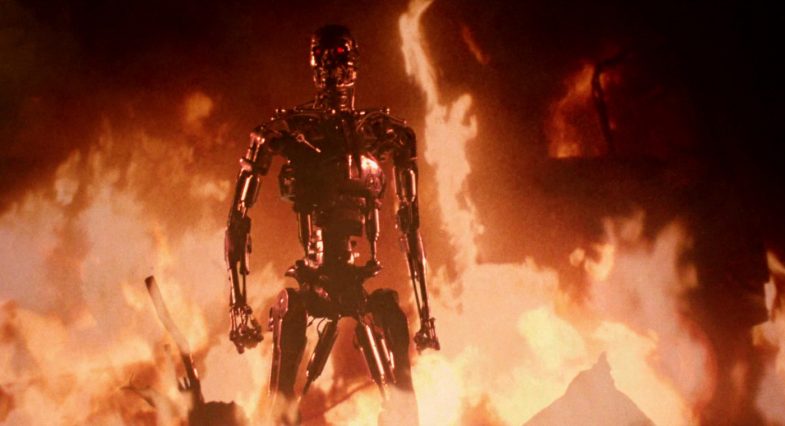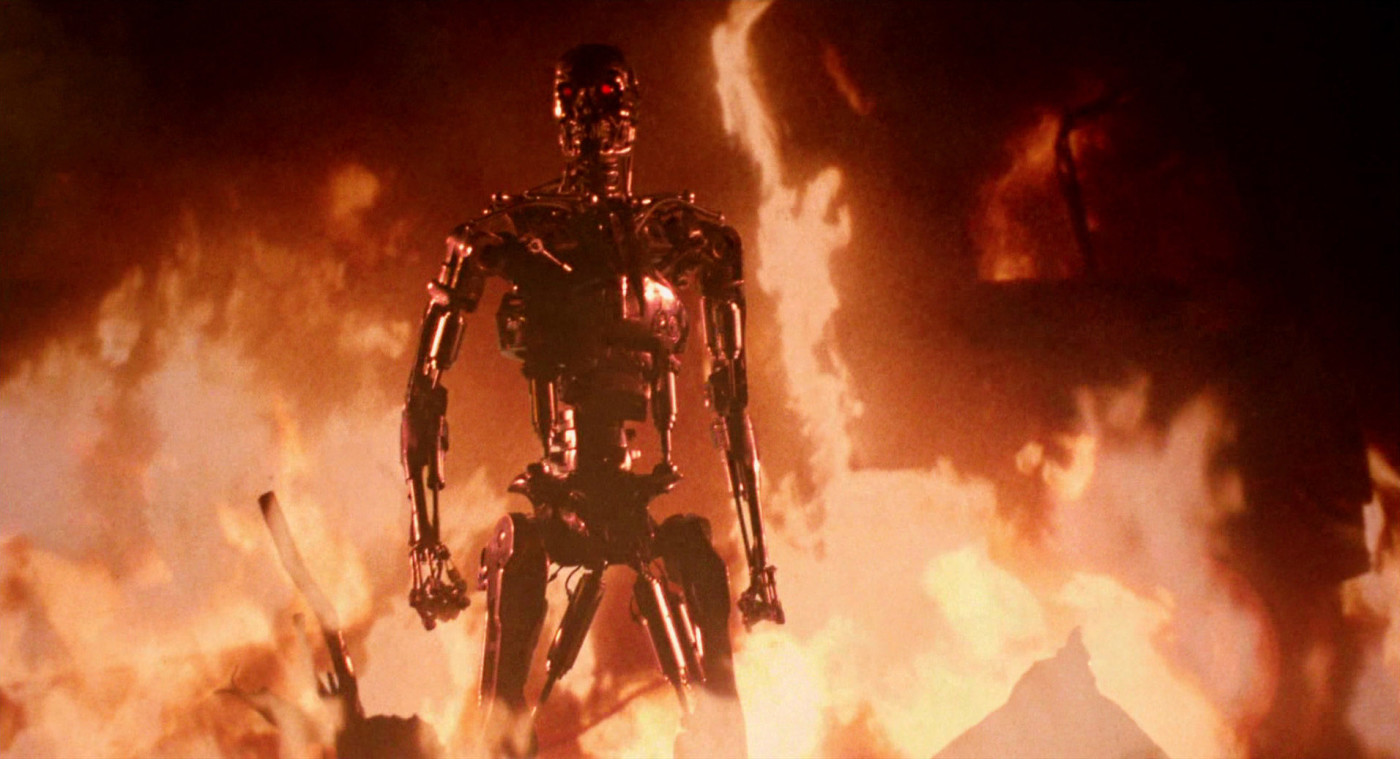
I have been watching movies all my life. I had two forms of visual entertainment, the movies, and its younger brother television. For a long time, I have had what felt like a workable definition of television, one adaptable to a changing world of proliferating platforms. I always knew what movies were. My definition for television which included everything from YouTube videos to shows like Grey’s Anatomy. It was simple. Television, to my mind, was everything that wasn’t the movies.
To my chagrin, that definition has become less workable of late. The lines are increasingly blurry, and my definition is in danger of becoming extinct as a result of shifting mediums and the rise of large-screen technologies.
Movies, in the past, had been one of the biggest influences on the masses. Of course in the past, it has been a business, a large cultural force, and a social influencer. This is rapidly decreasing. Movie stars in droves ceasing being exclusive to the big screen and are rushing to grab part of the OTT pie. Brad Pitt, Julie Roberts, Sandra Bullock, and George Clooney, formerly mainstays of the theatrical market have made the leap and it looks like they are shifting a large part of their focus onto OTT and the streaming services. Filmmakers like Scorsese have written essays regarding the deep shift in the body cinema and then leaped into the world of Netflix with his productions of The Irishmen.
For me this is disconcerting, but given the product being put out by Hollywood and their focus on large tentpole movies, you cannot really blame these actors or filmmakers. People have got to eat, bills have to be paid. They have a right to try to maintain a lifestyle. These industry professionals are watching the tea leaves very closely and the industry that they once counted on has gotten them scared. There are no more sure things in the entertainment market
In 2018 half of Americans aged 22 to 45 watched zero hours of cable TV. And almost 35 million households have quit cable entirely over the past ten years. Today more than half of American homes subscribe to at least one streaming services. This number is increasing rapidly. Analysts are predicting that by the time the dust settles, American families might be subscribing up to 8 streaming services.
The trend toward what the media analysts call cord-cutting is becoming alarming for many. The loss of cable revenue is a changer and is forcing producers of cable content to desperately seek alternatives for the falling revenue. Any Wall Street portfolio which has any depth in cable stocks is justifiably worried, deeply worried. There are billions and billions of dollars invested in cable companies, all in cable probably has worth around 1 trillion dollars. Like Hollywood, these investors and Wall Street giants are looking to hedge their bet by looking sharply at streaming
The surprising thing is, that while the technology behind streaming has changed how we watch television, it has not managed to change for the most part what we watch. Many have watched Game Of Thrones on cable, now they watch Game Of Thrones on Amazon. People are beginning to notice that maybe streaming has an issue in being a stable provider of original content and as well because of the ease of streaming technology shifting from one service to another has created a hyper-accelerated subscriber shift.
Unlike cable which had a fixed line into your home, and you really had no choice but to purchase programming via your cable provider, with streaming this is no longer the case. The on-demand world has made distribution exceedingly fragile. The internet has opened up a Pandora’s box of choice for the consumer. Disney may be rubbing its hands in anticipation of the wealth it feels is coming this way, it may be walking into a trap due to choice and debt.
Streamers are reacting to their audience by producing a great volume of exclusive content. People in the streaming business early on went and proclaimed that “content is king.” It is not true, a sustained subscriber base is king. The sole focus on content for the streamer is dangerous, very dangerous.
In 2018 Netflix spent $12 billion in producing original shows. In 2018 Netflix featured 88% more original programming than it did in 2017. In 2019 this number is being projected to hit a whopping $15 billion smackers. To fund this Netflix is borrowing and borrowing big. Right now its debt load is close to $11 billion dollars. It now owes 60% more in 2019 than it did in 2018. This ain’t good and they are going to have to increase this spending as Disney prepares to enter the streaming wars in a very very big way.
By the way, Disney has spent $1 billion on its yet to be launched offering before its services have even launched. As we speak, more than a third of Disney’s revenue comes from its cable business. As you may know, Disney owns the dominant sports network like ESPN and ABC News. They intend to implode this profit center. Now it is betting the farm on streaming. Now with streaming looking hard at incorporating the advertising model alongside its programming, people are beginning to see that in many ways the Emperor may not have any clothes on.
It is not going to be an easy ride for Disney, it could be a gigantic disaster for Netflix. Disney will be sacrificing its cable revenue and hopefully replacing it with streaming revenue.
In the meantime, theaters should start diversifying their content immediately or they will become pawns in the streaming wars. It will a prolonged battle, and many will fall…none will walk away unscathed.

